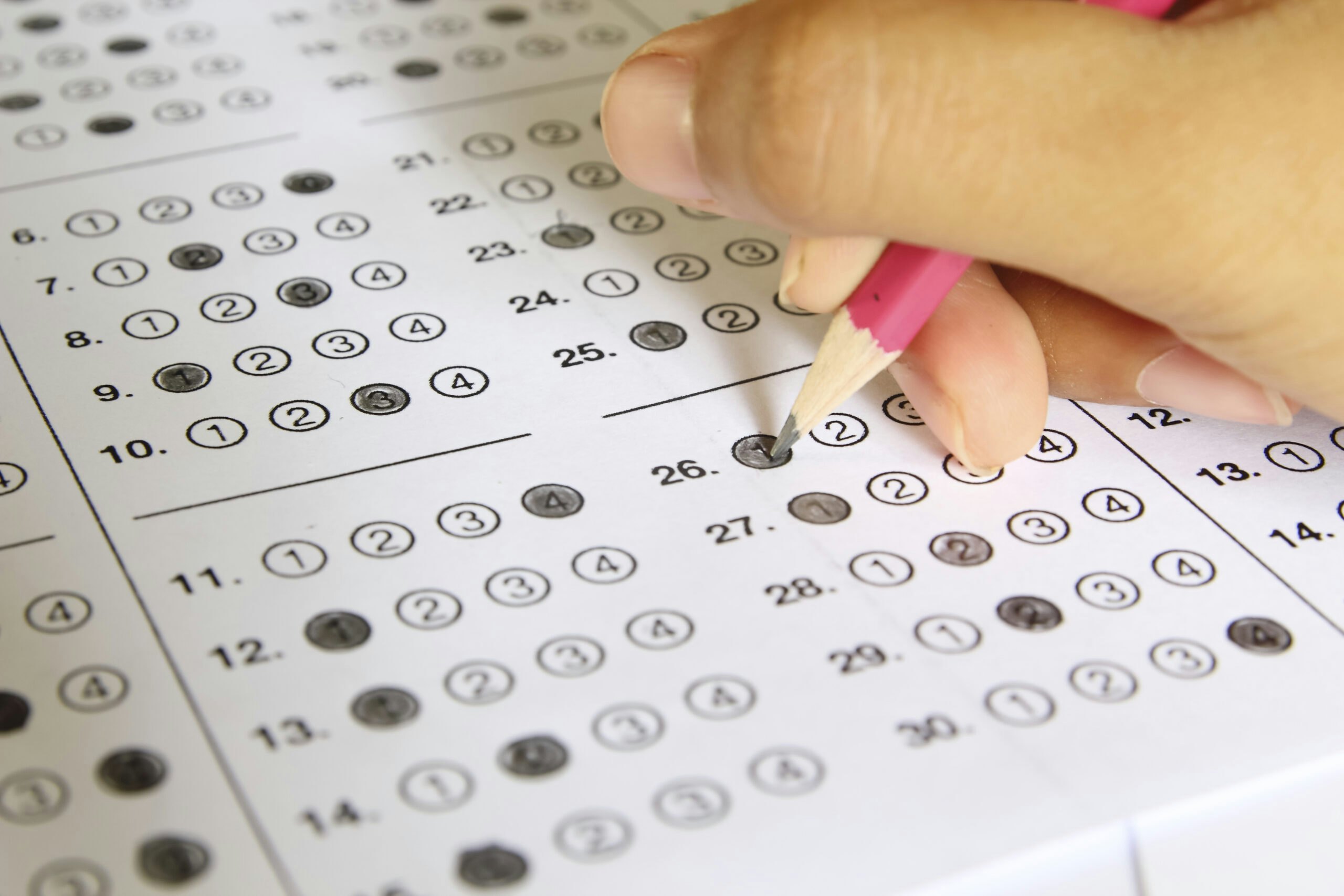Lessons Learned from The A Word: Accountability — The Dirty Word of Today's Education Reform
Standardized exams often get pilloried in the larger culture, where their use is equated with disrupting classroom instruction, pressuring kids, and shaming schools.
Interestingly, though, the educators the Bush Institute recently interviewed for The A Word defend their use. They consider standardized exams as tools to improve student achievement. By objectively identifying classroom strengths and deficiencies, the exams provide a roadmap for educators and school leaders to help students learn.
Data from the exams also allow state education leaders to look across all their districts, compare results, and apply resources to struggling schools. States may not always succeed in doing this, but that is the reason for a school accountability system. As Margaret Spellings, the former U.S. Education secretary, put it, ““You can’t solve a problem that you don’t diagnose correctly, fairly, accurately, and comparably.”
At the same time, educators like Texas Superintendent Danny King contend that states and school districts must find the right balance and level of assessments. No Child Left Behind (NCLB) required only annual, independent exams in reading and math in grades three thru eight and only once in high school for those subjects. It also required testing science just once in each grade span. (NCLB’s successor, the Every Student Succeeds Act, maintains those requirements.) But states and districts have added to the testing load with their own assessments. “We got caught up with the idea that if a little bit of testing is good, a lot more will be a lot better,” King observed.
Districts particularly have compounded testing with their own benchmark exams. Districts use those tests to repeatedly track student progress. A 2014 Center for American Progress analysis found that districts actually require more exams than states.
Right-sizing testing will require a lot of coordination among states and districts. But it is an important part of the next wave of school accountability. Even Spellings, a proponent of standardized exams, concludes that over-testing has “come to no good end.”
Controlling the amount of testing also could eliminate some of the perverse behaviors that have risen alongside the use of standardized exams. One of those is so-called “teaching to the test.” Critics use that phrase to contend that standardized tests have forced classrooms to simply focus on preparing students for year-end exams.
Undoubtedly, some educators do “teach to the test.” But that approach is not good teaching. Kevin Huffman, Tennessee’s former education commissioner, explains in his A Word interview that research does not support the notion that test prep leads to better results.
Finally, a revised use of assessments should include getting test results back to schools in a faster way. Having to wait several months for the data makes it hard for schools to use the results to improve instruction and achievement.
The technology exists, so states need to use it to get campuses the results they need to take action, much like how Summit Public Schools does. Diane Tavenner, the founder and CEO of the charter school network, reports that Summit schools use data in a real-time way to improve each school’s work. As she concluded, “We use the data and information to get ourselves back on track towards where we want to go.”
That, of course, is the ultimate aim of school accountability.




























